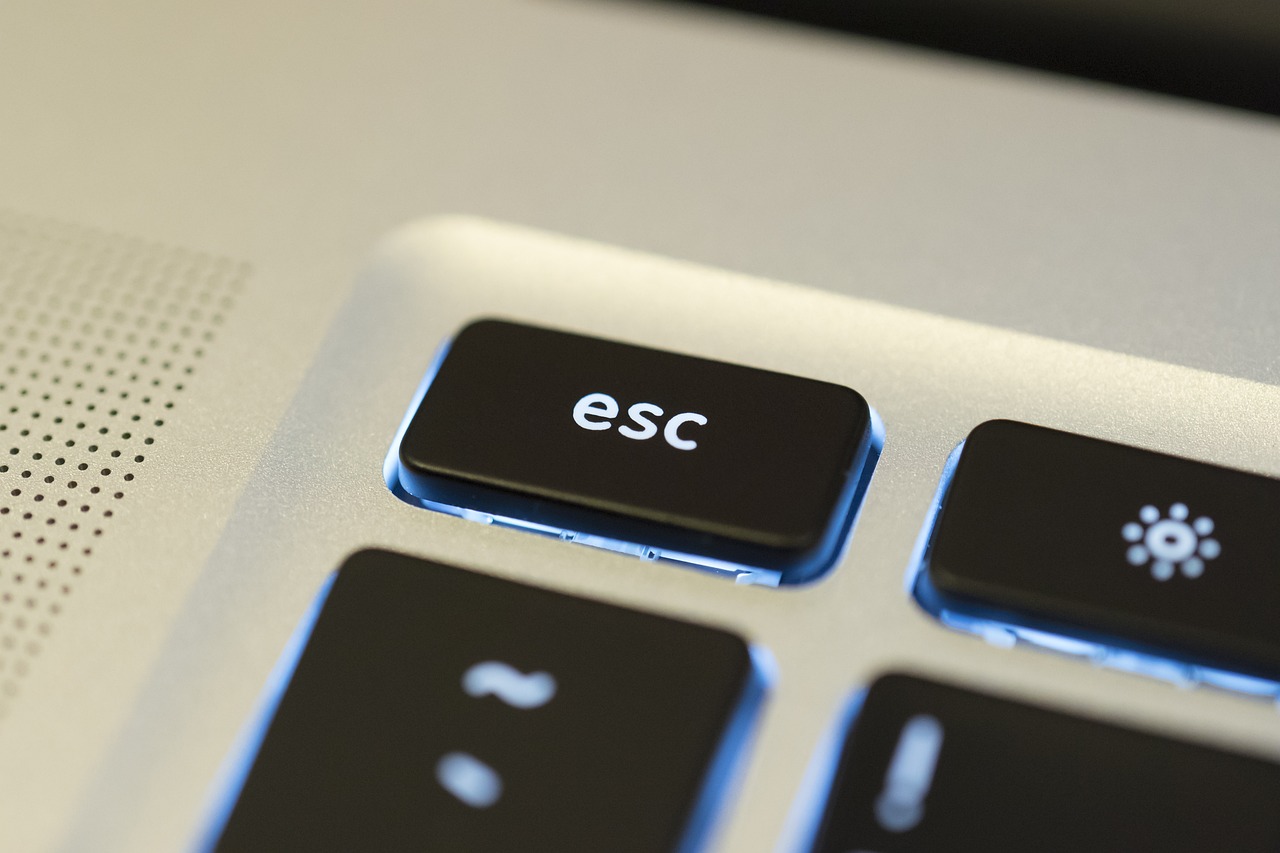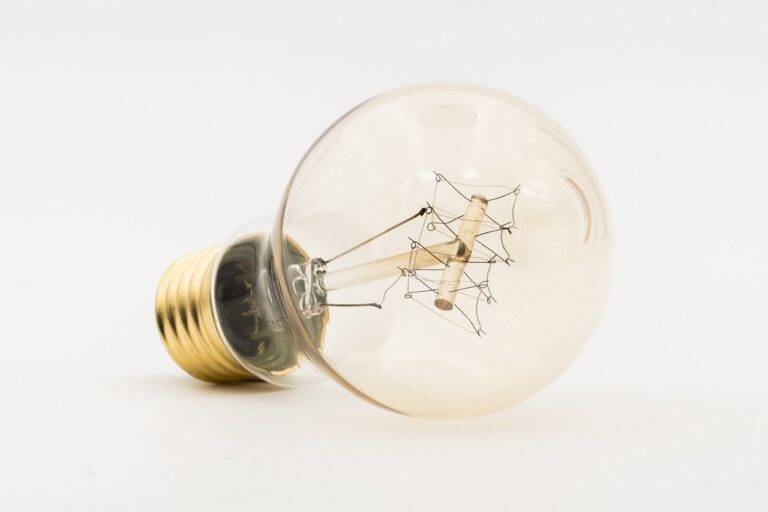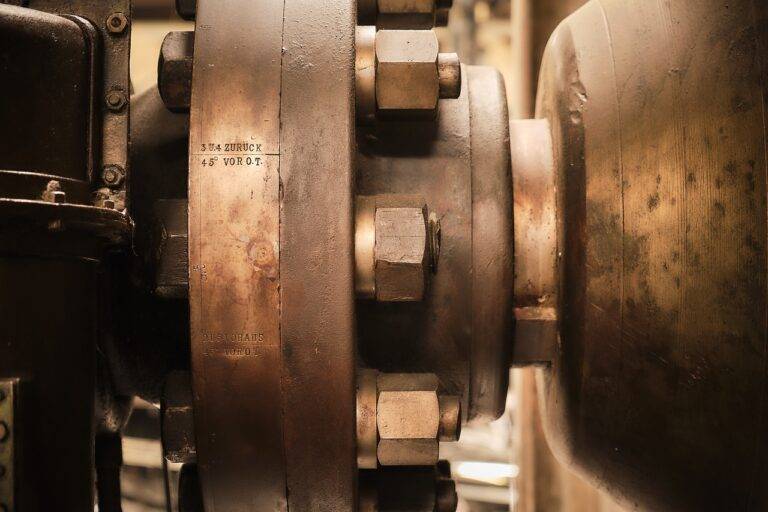Exploring the Potential of 3D Bioprinting: Organ Transplants and Tissue Engineering
The field of 3D bioprinting has revolutionized the way we approach tissue engineering and regenerative medicine. By utilizing advanced technology, researchers are able to create three-dimensional structures that mimic the complexity and functionality of human tissues and organs. This process involves the precise layer-by-layer deposition of biomaterials and living cells, guided by computer-aided design software to achieve the desired tissue architecture.
One of the key advantages of 3D bioprinting is its ability to customize tissue constructs based on the unique needs of individual patients. This personalized approach holds immense promise for applications such as drug testing, disease modeling, and ultimately, organ replacement. As the technology continues to advance, researchers are exploring new materials, bioinks, and printing techniques to enhance the efficacy and scalability of 3D bioprinting for a wide range of medical applications.
History and Evolution of Bioprinting Technology
Bioprinting technology has seen significant advancements since its inception in the early 2000s. The first 3D bioprinter was developed by Professor Thomas Boland at Clemson University, marking the beginning of a new era in tissue engineering. This breakthrough allowed researchers to create intricate 3D structures using living cells, offering potential applications in regenerative medicine and drug testing. Over the years, bioprinting has evolved to include various printing techniques, bioinks, and biomaterials, enabling the fabrication of complex tissues and organs.
As the field of bioprinting continued to grow, researchers explored novel approaches to enhance printing resolution, cell viability, and functionality of printed tissues. The development of bioinks, which are printable materials containing living cells, has been a major focus in advancing bioprinting technology. Innovations in scaffold design, cell patterning techniques, and biofabrication methods have further propelled the capabilities of bioprinting, opening up new possibilities for personalized medicine and tissue regeneration. The ongoing evolution of bioprinting technology holds promise for revolutionizing healthcare by providing tailored solutions for organ replacement and disease modeling.
What is 3D Bioprinting?
3D Bioprinting is the process of creating 3-dimensional structures using living cells, biomaterials, and bioinks to mimic the natural tissues and organs in the human body.
When did Bioprinting Technology first emerge?
Bioprinting Technology first emerged in the early 2000s, with the goal of revolutionizing the field of tissue engineering and regenerative medicine.
How has Bioprinting Technology evolved over the years?
Bioprinting Technology has evolved significantly over the years, with advancements in printing techniques, bioink formulations, and the ability to create more complex and functional tissues and organs.
What are the potential applications of Bioprinting Technology?
Bioprinting Technology has the potential to revolutionize the fields of regenerative medicine, drug testing, personalized medicine, and even organ transplantation by providing a more accurate and efficient way to create tissues and organs.
What are some challenges facing Bioprinting Technology?
Some challenges facing Bioprinting Technology include the need for more biocompatible and stable bioinks, the ability to vascularize printed tissues, and the ethical considerations surrounding the use of bioprinted organs for transplantation.





